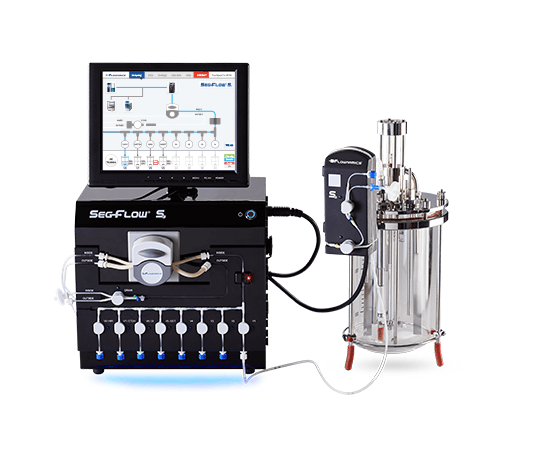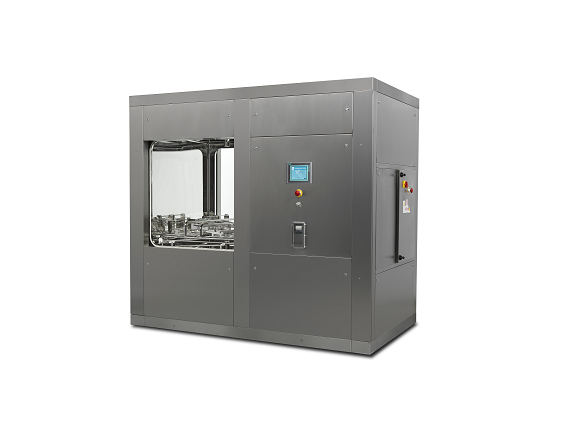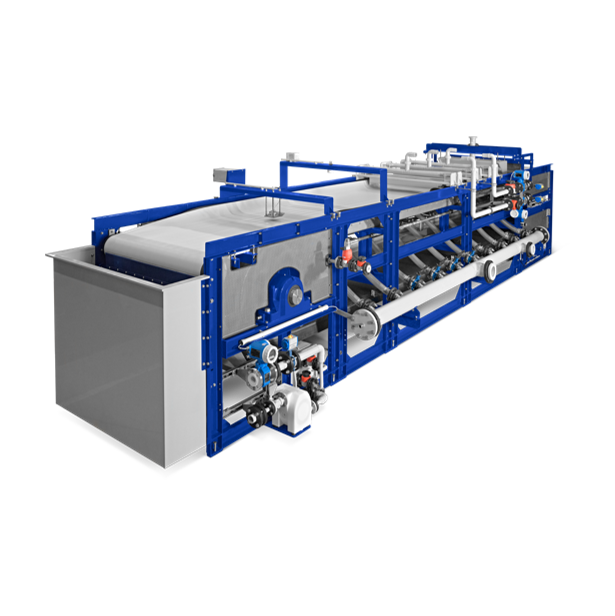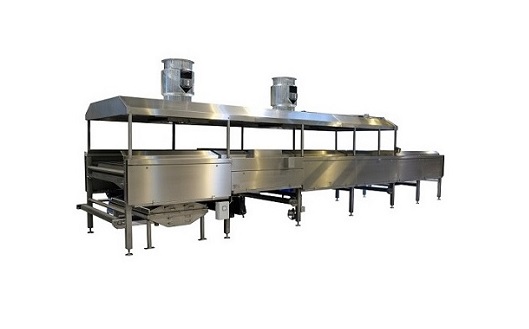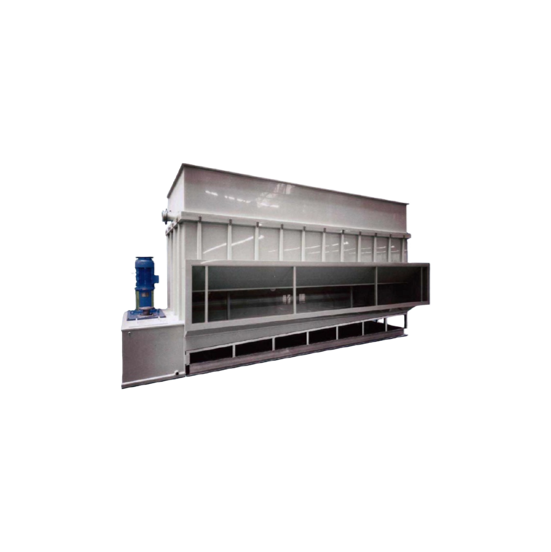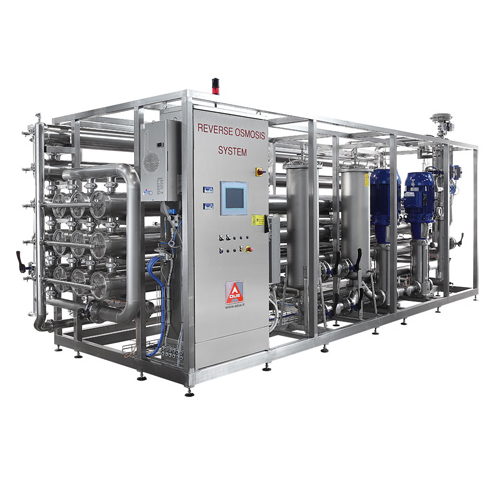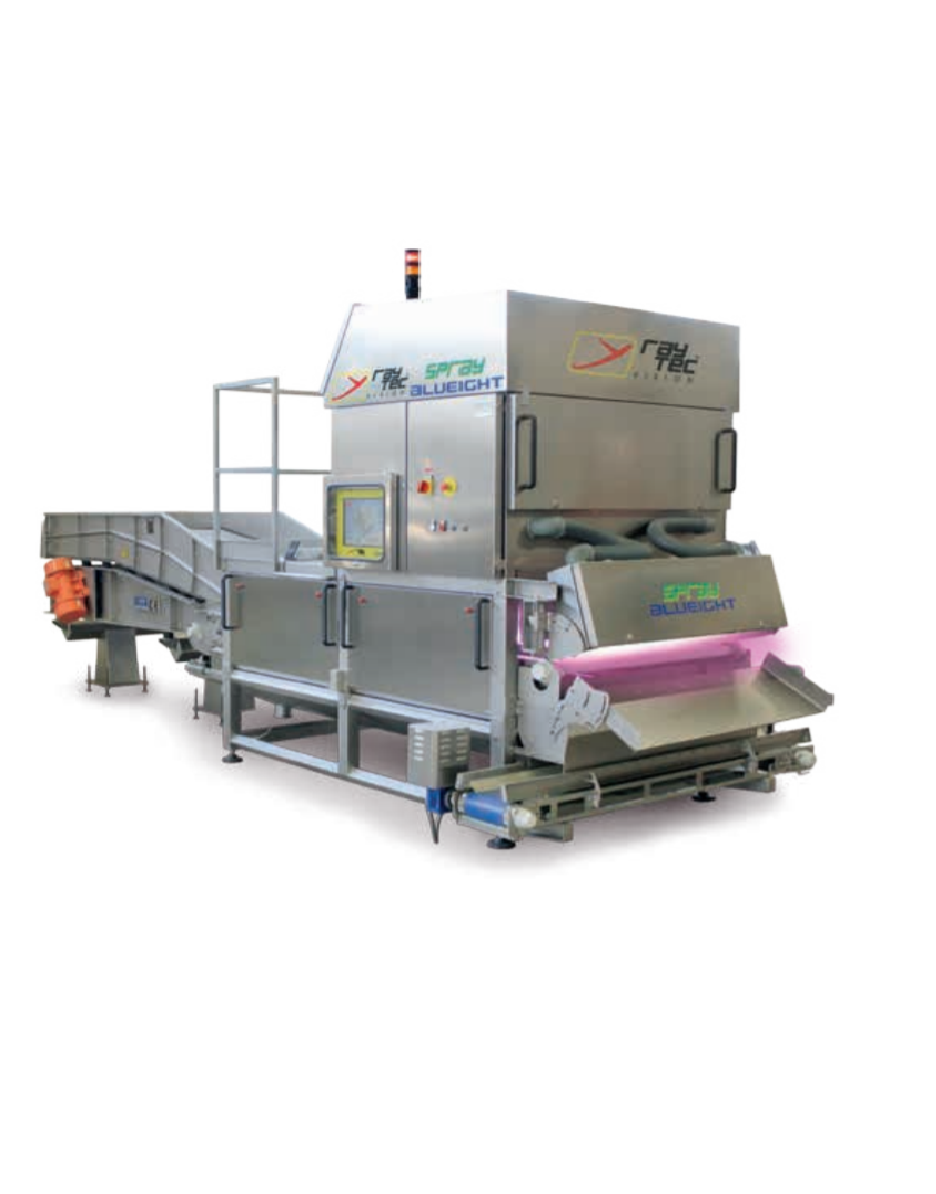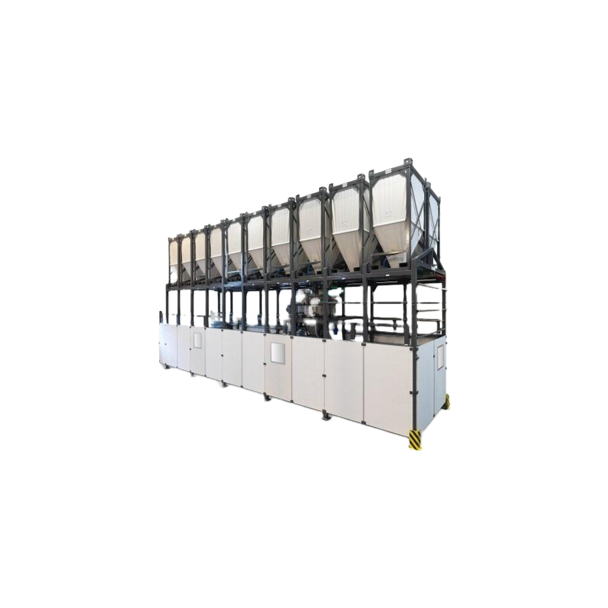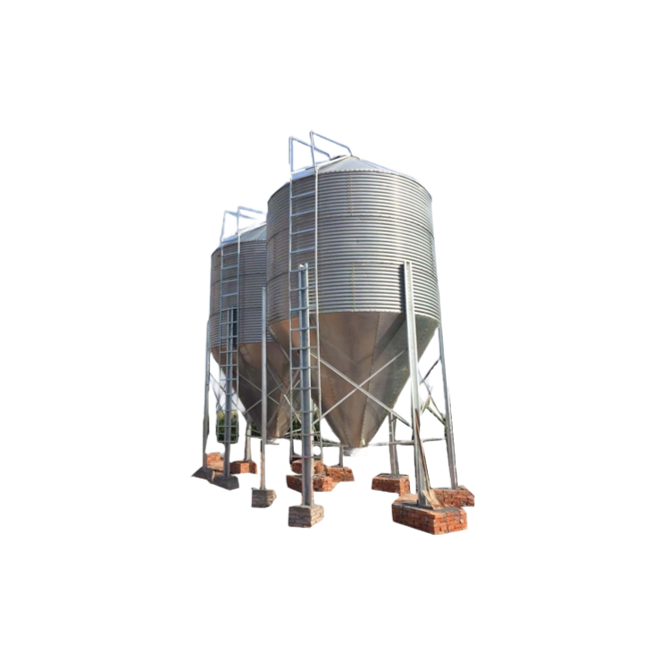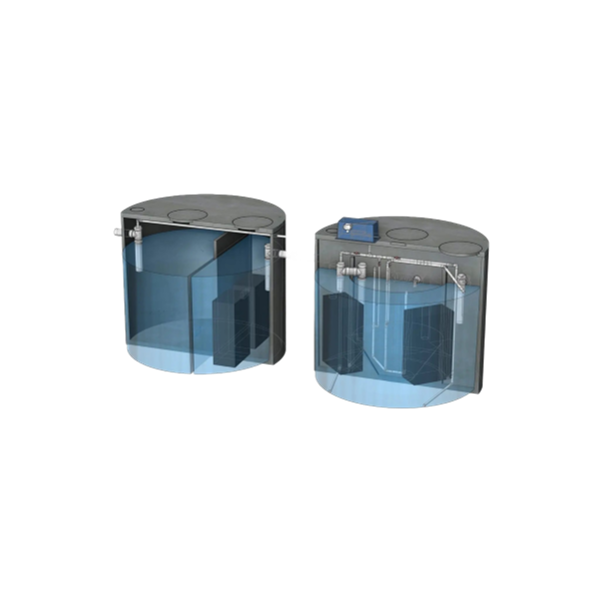
Biogas Production Equipment
Find innovative production technology for making biogas and connect directly with world-leading specialists
As an alternative to conventional fuels, biogas is produced from the processing of biomass resources as an industrial feedstock. Biogas is a renewable and local energy source that contributes to sustainable heat and power production. Besides making use of agricultural wastes such as crop and forest residues and animal manure, biogas production converts organic wastes from industrial and municipal waste to energy. This is usually achieved by implementing the anaerobic digestion process in biogas plants.
Technology picks for biogas processing
Tell us about your production challenge
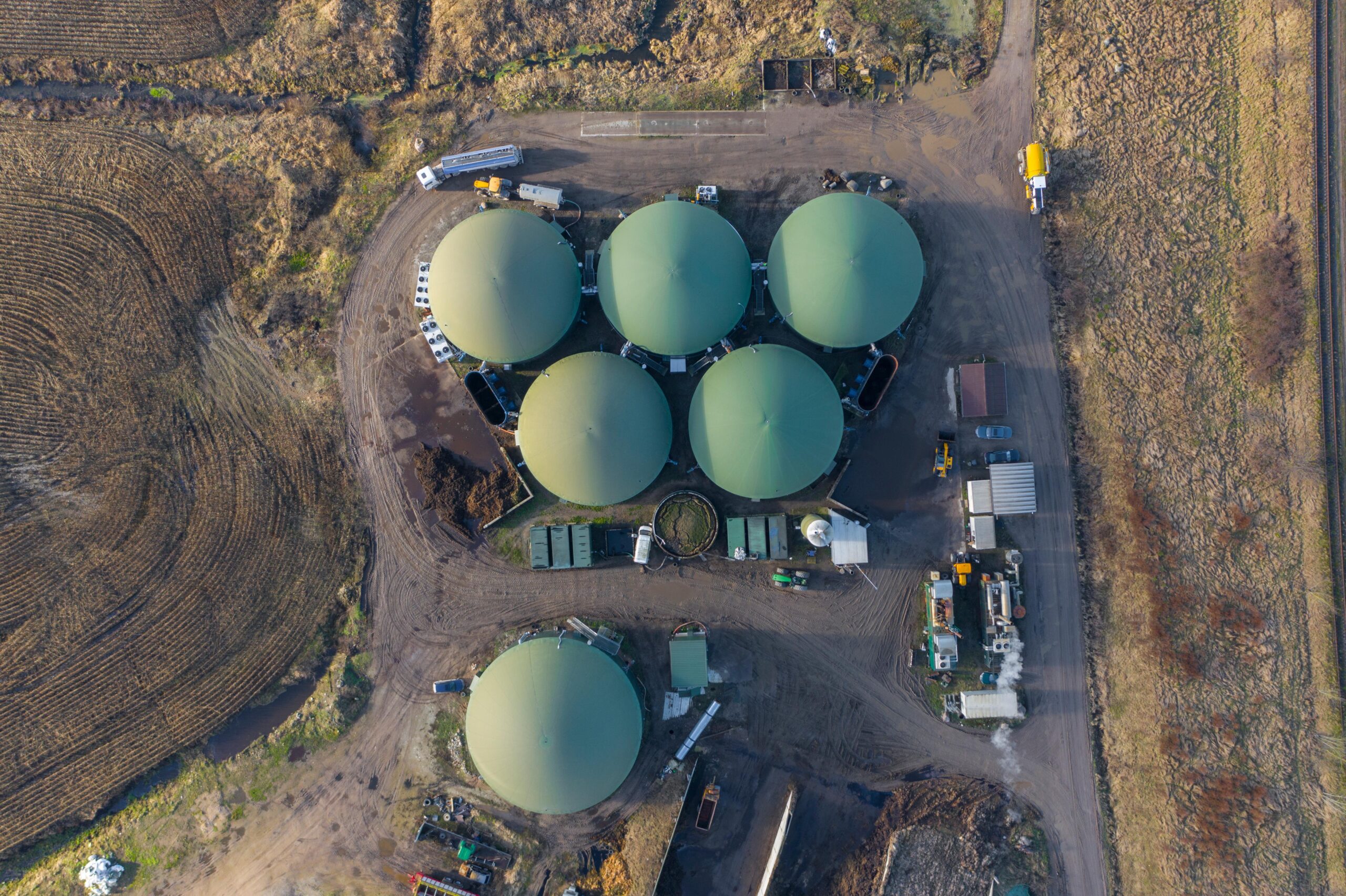
Anaerobic digestion is a process of decomposition of organic material in the absence of oxygen. During anaerobic fermentation of organic matter, the feedstock material breaks and degrades; in the meanwhile, different bacteria populations generate biogas. The produced biogas is in general a mixture of mostly methane, carbon dioxide, nitrogen, hydrogen, oxygen, and water vapor. The high concentration of methane in biogas indicates its potential to be injected into existing gas grids thanks to equipment for biogas purification and upgrading technology.
Upgrading biogas to biomethane
When biogas comes out from the digestion tanks, is a mixture of methane, carbon dioxide, hydrogen sulfide, air, hydrogen, Volatile Organic Components (VOCs), and siloxanes. Upgrading or purifying biogas means removing any CO2 and other contaminants present in biogas to produce biomethane.
In the membrane separation process, biogas produced in an anaerobic digestion plant enters the installation and is cooled and dehumidified. It is then transported to the active carbon filter system where it is purified by removing hydrogen sulfide and other contaminants. Once cleaned, the gas is compressed to the required pressure. The biogas flows to the membrane system in which methane is separated from carbon dioxide. The actual separation takes place because CO2 diffuses more easily than methane through the membrane straws, leading to separation.
Anaerobic digestion
Anaerobic digestion is the process through which organic matter is broken down in an oxygen-free environment to create biogas. Therefore, biogas is created by food waste, wastewater, animal manure, and various other organic wastes and is used to generate electricity and to provide heat.
When organic waste arrives at the plant, it is pre-treated and mixed with liquid waste to create a slurry. Then, it is fed into the digestion tank where there is no oxygen. Bacteria within this slurry eat organic matter. As they eat and break down organic matter, they create biogas (methane, carbon dioxide, and other gases). Gas flows at the top of the tank and is captured to create electricity and heat. Methane can also be cleaned up and used as vehicle fuel. The remaining slurry can be collected to act as manure for plants.
Convert waste to energy
Biogas is considered a solution to biomass and sustainability. The basic form of biomass comes mainly from firewood, charcoal, and crop residues, which is commonly used in the combustion process of dry raw materials to generate heat and power. However, biogas production through anaerobic digestion reduces greenhouse gas emissions. And, it is widely used for the valorization of wet residues and liquid effluents, such as municipal wastes and sewage, and moist residues of agricultural crops and animal wastes. Biogas production technology allows for waste conversion of solids content into gaseous fuels. It is an environmentally friendly, renewable, clean biofuel. Biogas technology is also a source of nutrient-rich organic fertilizer.
Upgrading biogas to produce biomethane can help to fully utilize the potential of biogas as a vehicle fuel or as a substitute for natural gas. Therefore, it is important to improve the quality of the raw biogas to separate unwanted substances such as nitrogen, hydrogen, oxygen, and water. Finally, by removing carbon dioxide in the biogas upgrading process, the energy content of the gas is increased, making it ready for grid injection. The removed carbon dioxide can be recovered and stored for other industrial use.
Biogas Production Videos
Wastewater treatment
Biogas upgrading
Processing steps involved in biogas making
Which biogas technology do you need?
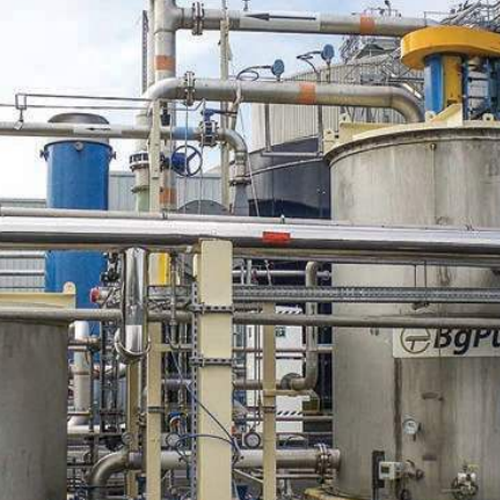
Gas contactor for hydrogen sulfide removal from biogas and sour gas
Managing hydrogen sulfide (H2S) in biogas from anae...
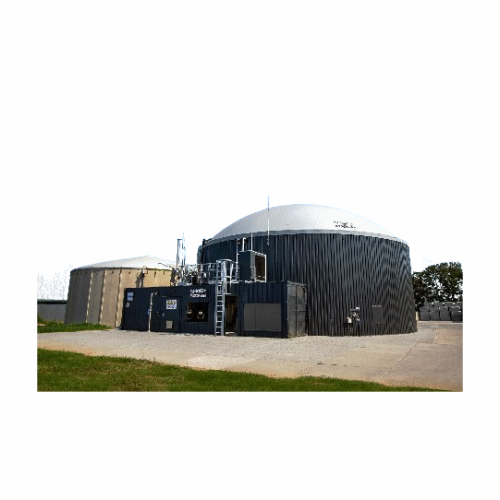
Manure biogas plant for agricultural sector
Agricultural businesses looking to enhance sustainability and generate additio...
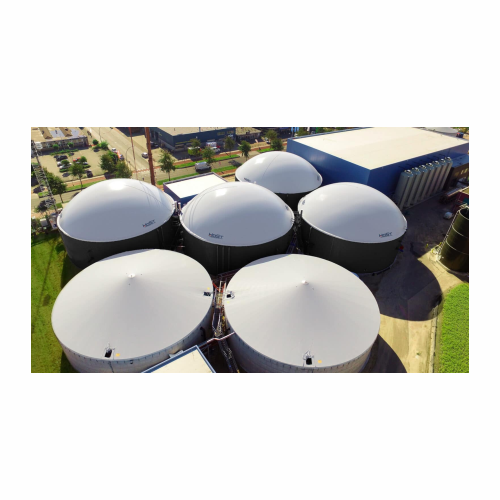
Organic waste biogas plant
Industries handling large amounts of organic waste often struggle with inefficient waste manageme...
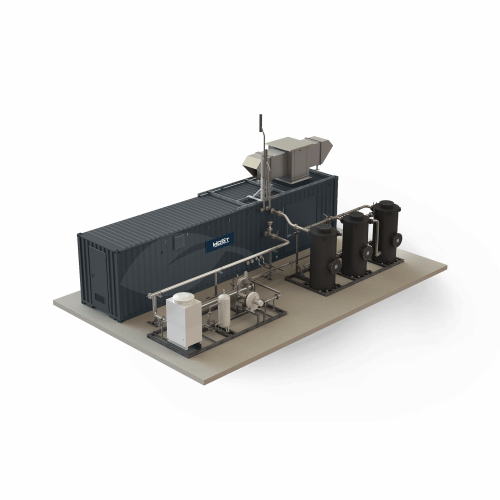
Biogas upgrader for high methane yield
Biogas plants producing raw biogas often face the challenge of maximizing the methan...
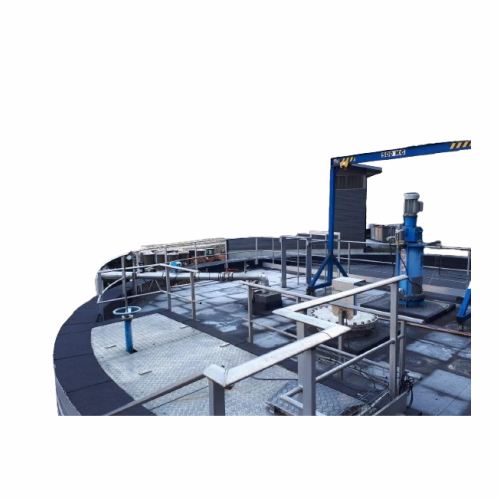
Agitator for biogas digesters in anaerobic digestion
In anaerobic digestion systems, achieving optimal mixing is crucial ...
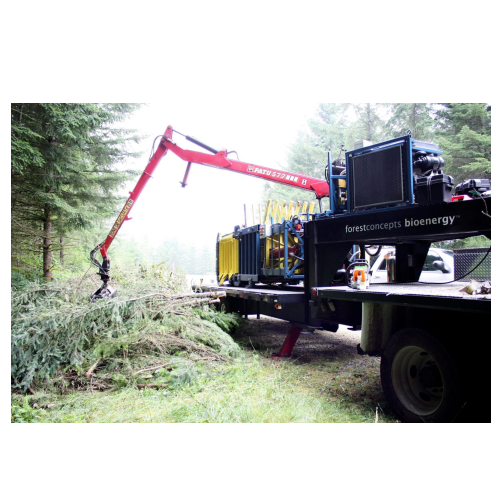
Biomass baler for woody biomass collection
In vegetation management, handling woody biomass often involves traditional chi...
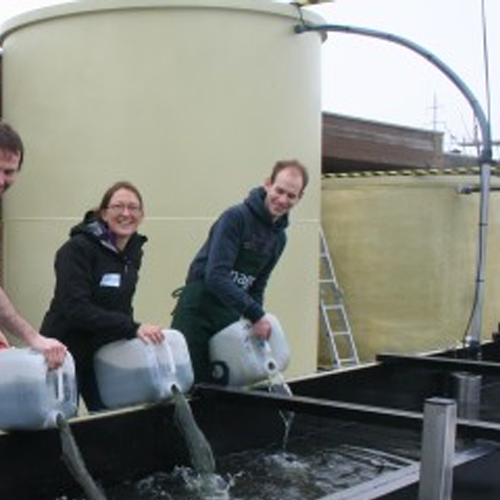
Microalgae photobioreactors for bioenergy production
In the pursuit of sustainable energy solutions, bioenergy derived fr...
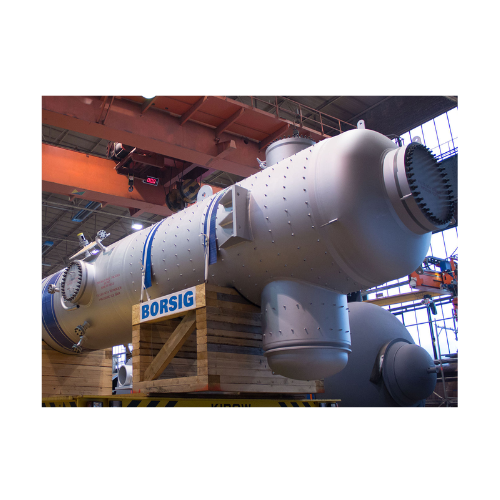
Synthesis gas cooler for partial oxidation of oil or natural gas
In high-temperature processes like the non-catalytic cr...
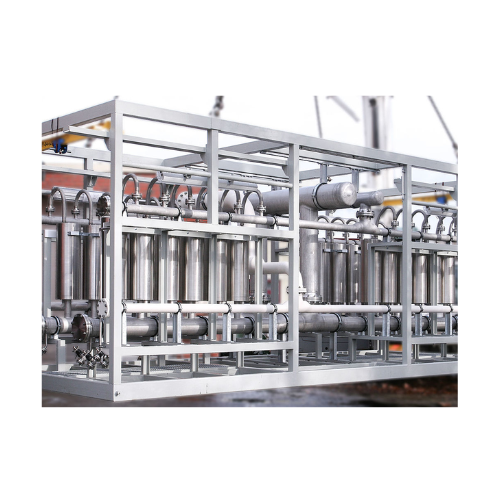
Carbon capture membranes for Co2 separation
Industries seeking to minimize their CO2 footprint need efficient methods for ...
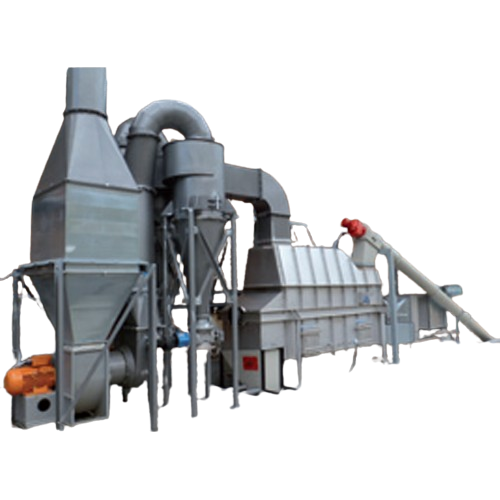
Biomass drying solution
In the biomass industry, various drying methods struggle to efficiently handle large particles like w...
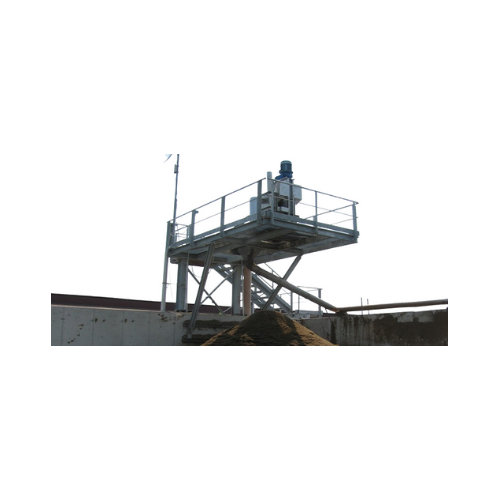
Manure treatment system for livestock breeding
In livestock breeding, managing and treating manure effectively is essentia...
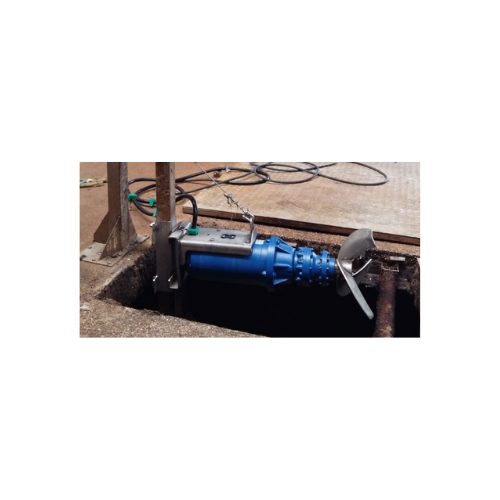
Biogas plant screw press separators
In biogas plants, efficient separation of solid and liquid phases from digestate is cru...
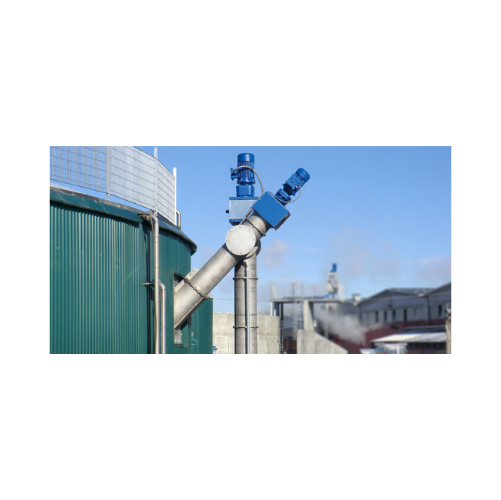
Biomass digester feeding system
In biogas production plants, efficiently transporting bulk biomass into the digester can be ...
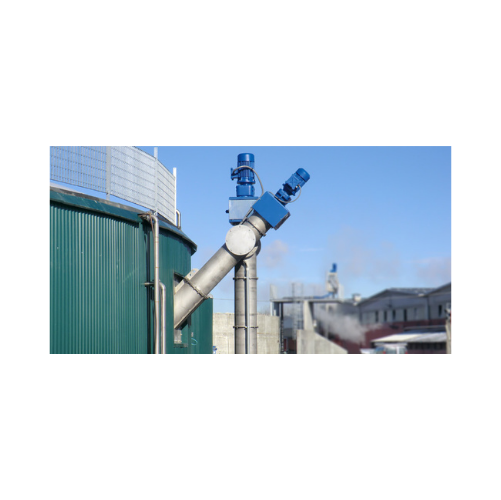
Bulk biomass digester feeding system
In biogas production, efficiently transferring biomass from storage to the digester is...
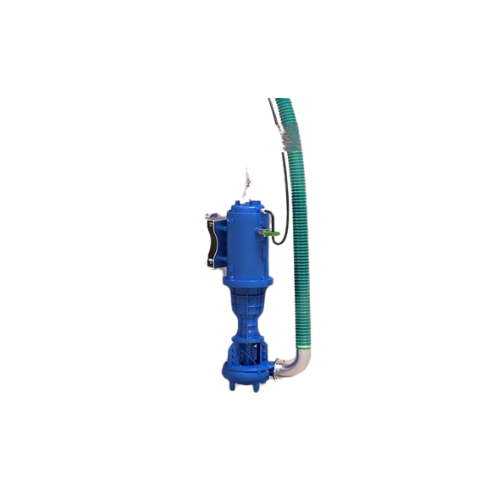
Submersible chopper pump for manure treatment
In agricultural and biogas plants, handling slurry from animal husbandry can...
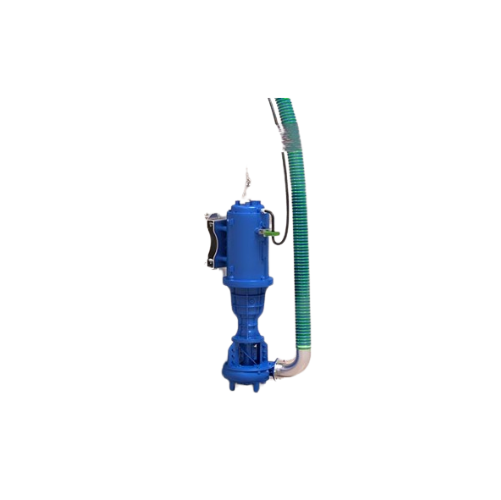
Submersible chopper pump for biogas plants
Effective slurry management in biogas plants often requires equipment capable o...
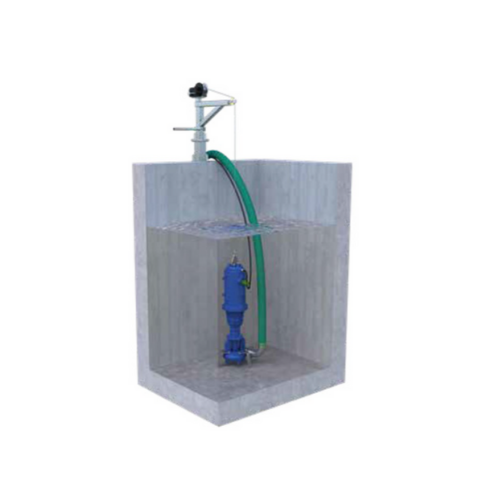
Heavy-duty submersible chopper pumps for manure treatment
In livestock farming and biogas facilities, dealing with long-...
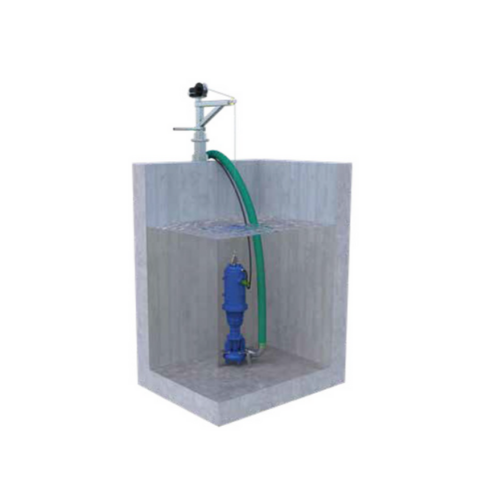
Heavy-duty submersible chopper pump for biogas plants
In biogas plants and livestock farms, managing solid waste with lon...
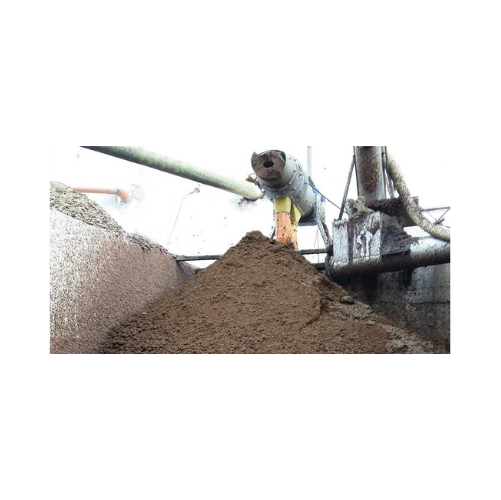
Horizontal screw press separator for biogas plants
In biogas plants, managing the efficient separation of solids and liqu...
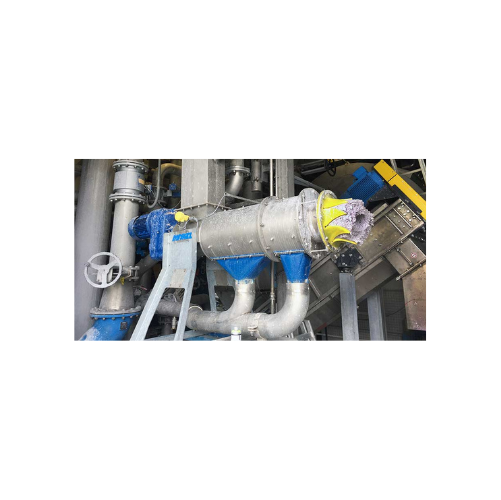
Pulp and paper horizontal screw press separator
In pulp and paper recycling, achieving high-efficiency separation of solid...
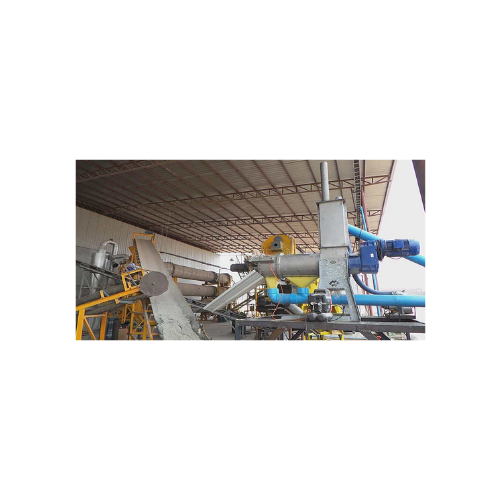
Tapioca horizontal screw press separator for biogas plants
In biogas plants and industrial processes, managing waste mat...

Vertical screw separator for slurries
In the processing of slurries from biogas plants, livestock manure, and industrial wa...
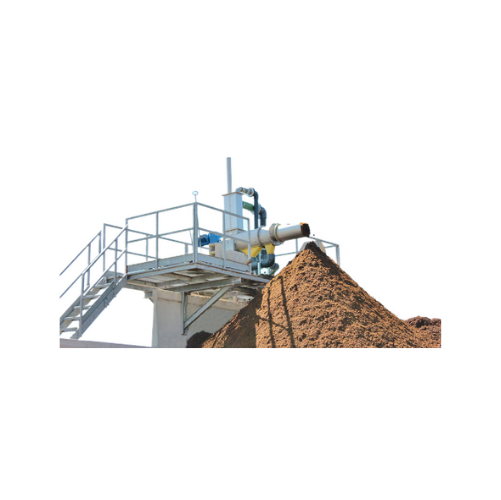
Biogas digestate screw press separator
In biogas plants, managing the digestate effectively is crucial. The challenge lies ...
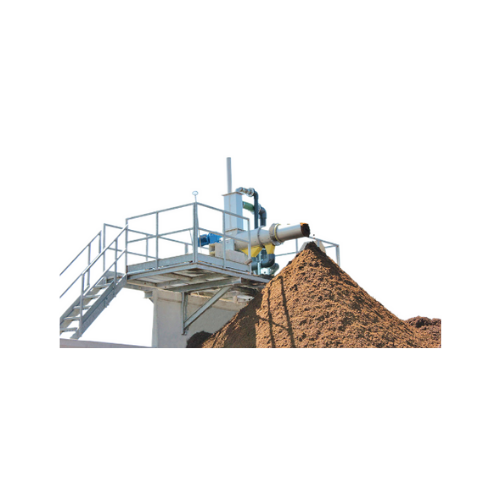
Horizontal screw press separator for biogas digestate treatment
In biogas plants, efficient separation of solids and liq...
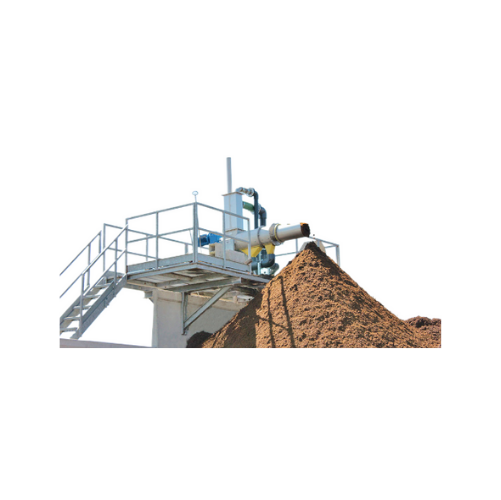
Screw press separator for biogas digestate treatment
In biogas plants, managing the digestate efficiently is crucial to e...
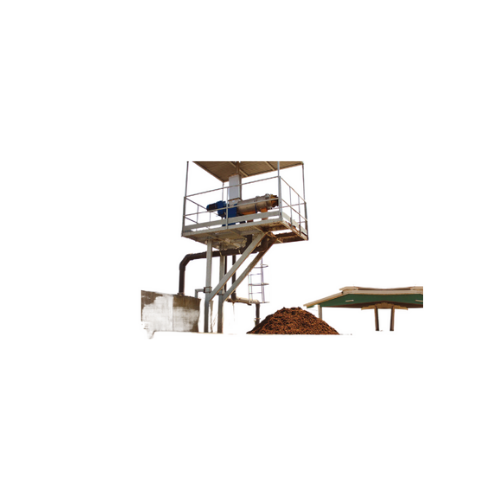
Horizontal screw press separators for biogas plants
In biogas plant operations, efficiently separating the solid and liqu...
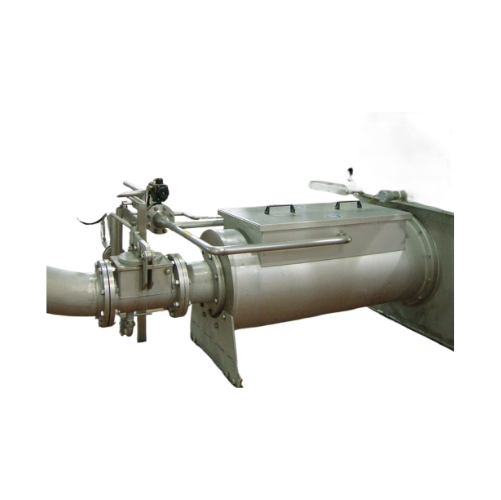
Wet spent grains pre-dewatering system
In brewing operations, managing the moisture content of wet spent grains is crucial....
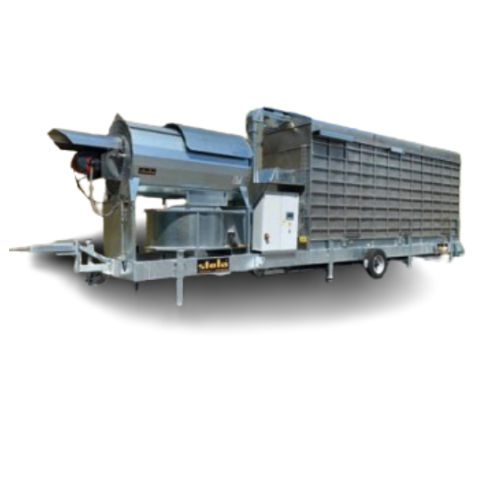
Hybrid dryer for agriculture and industrial applications
In many sectors, including agriculture and the timber industry, ...
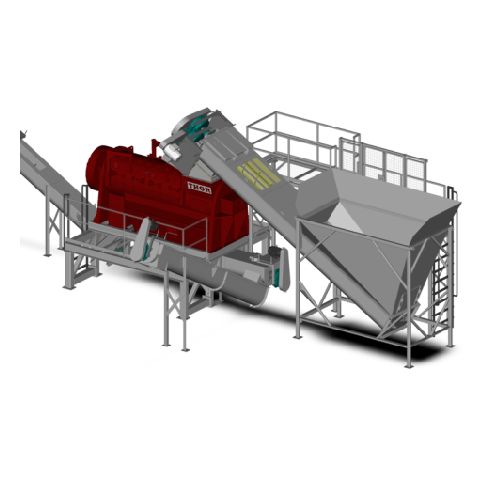
Organic material extraction for recycling
In waste recycling, separating organic materials from packaging can be challengi...
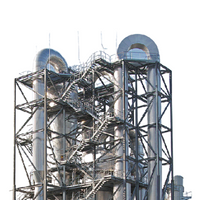
Exergy pressurized superheated steam dryer
Traditional dryers and heat transfer systems, like belt-, drum- or bed dryers a...
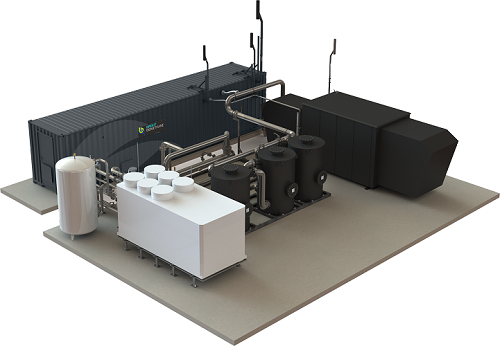
Efficient sized biomethane production system
Also referred to as biogas purification, biogas upgrading is an excellent alt...
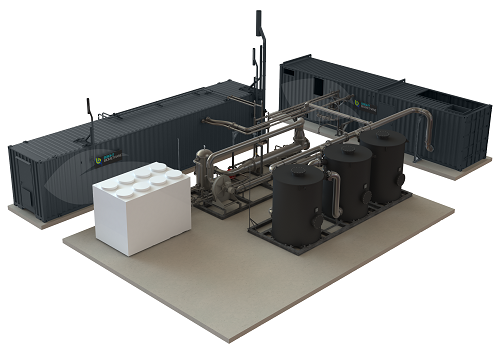
Large-scale biomethane production system
Membrane separation technology for biogas purification is considered as an effecti...

Modular biogas to biomethane system
The primary purpose of biogas upgrading technology is to increase the volumetric energy...
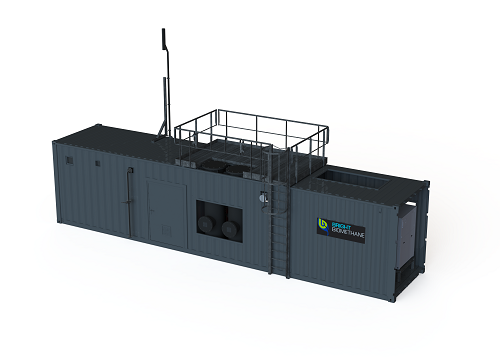
Small-scale biogas upgrading system
Biogas upgrading refers to the process of purifying biogas through separating methane f...
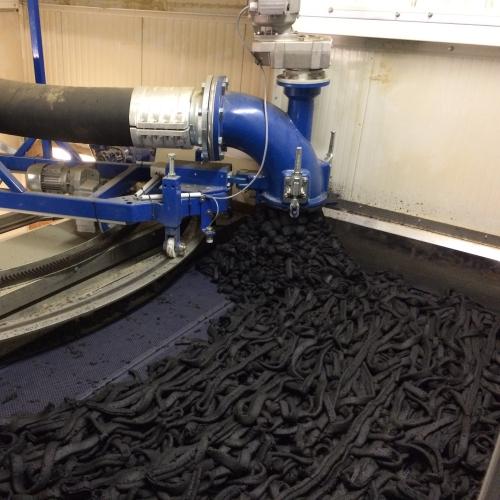
Belt dryer for sewage sludge
If your water treatment plant often facing difficulties with sewage sludge deposits, drying the...
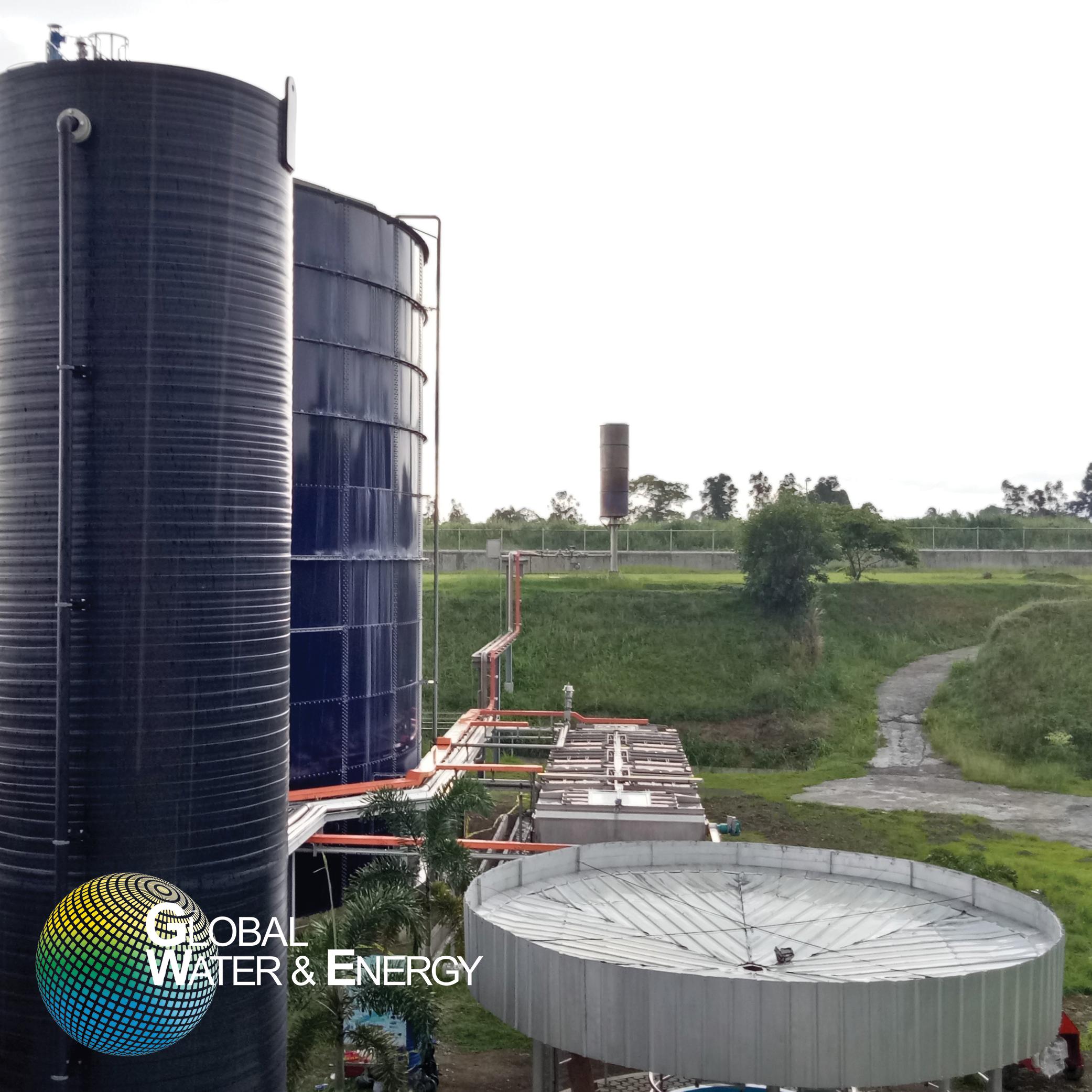
Advanced anaerobic digestion with external separation
Factories of dairy products, palm and coconut oil, slaughterhouses,...
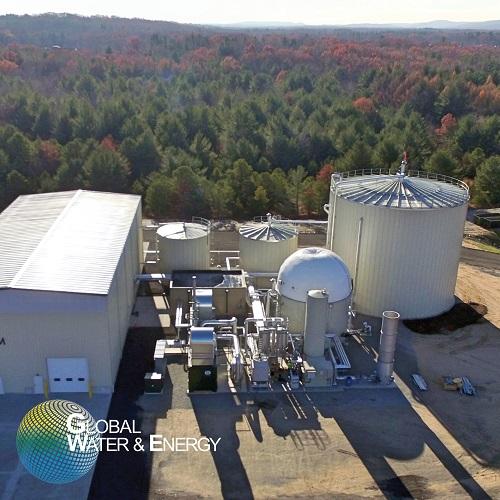
Waste to energy anaerobic digestion system
The food industry produces tremendous amounts of waste at food production facil...
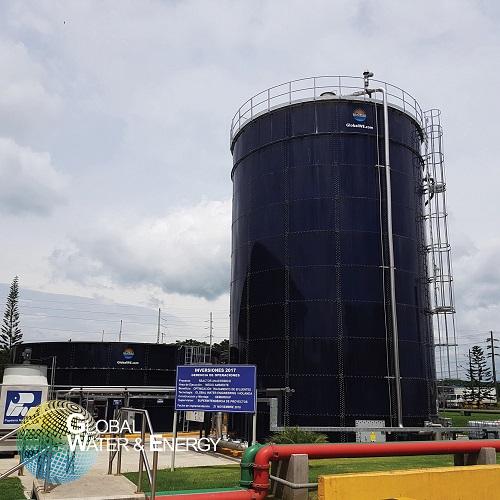
Anaerobic EGSB wastewater treatment
If you are looking for a compact and sustainable solution to remove organic pollution f...
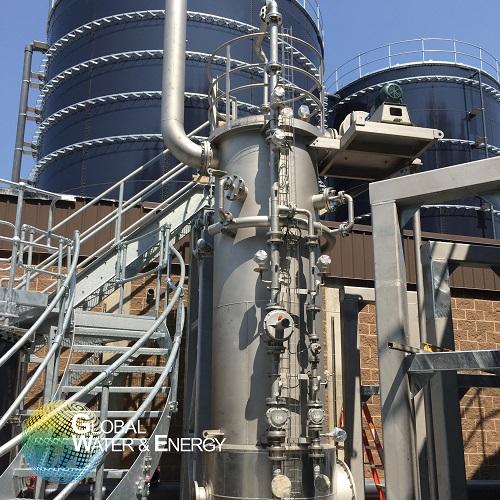
Biogas heating system
Traditionally, heating of wastewater would use boilers and heat exchangers. Biogas is a natural by-prod...

Anaerobic UASB wastewater treatment
If you need to remove organic compounds from your wastewater, the up-flow anaerobic slu...
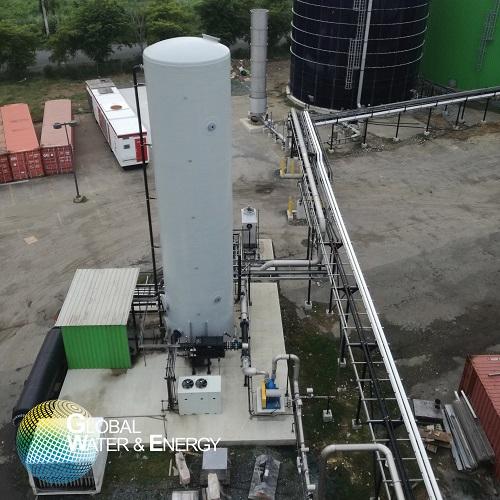
Biological H2S scrubber
Raw biogas produced by digestion, for example during an anaerobic process is approximately 60% methan...
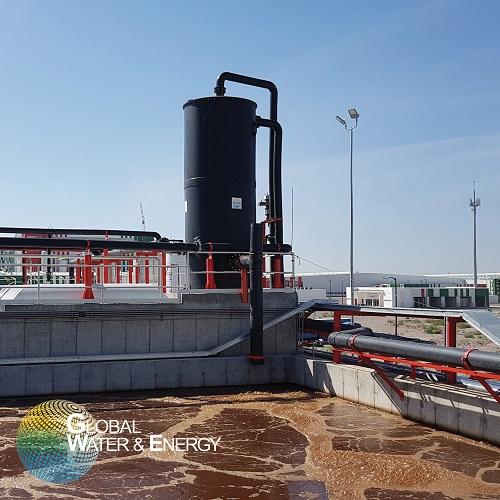
H2S scrubber for biogas
Raw biogas produced by digestion, for example during an anaerobic process is approximately 60% methan...


